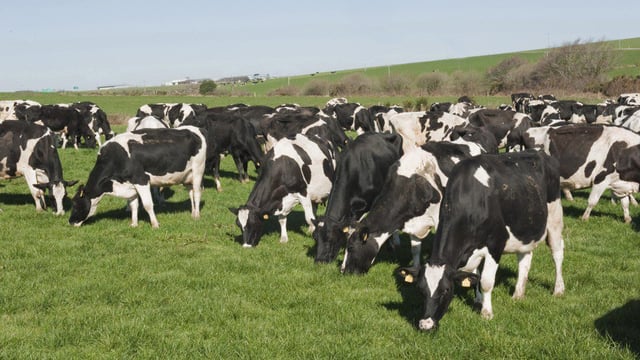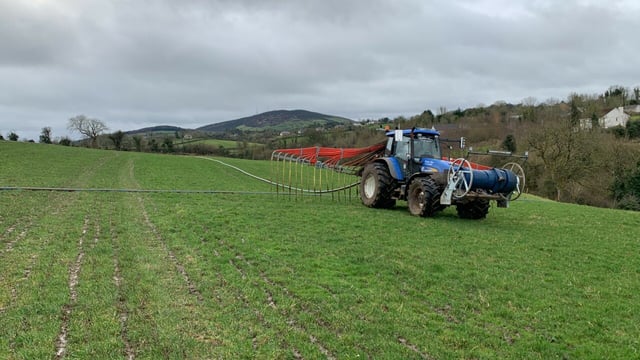Tillage: The benefits of effective crop rotation
With the spring 2025 planting season fast approaching, Teagasc is highlighting the benefits of effective crop rotation within all tillage systems.
It’s an approach to crop production that fundamentally addresses the challenge of sustainability in an extremely effective manner.
A case in point, is the use of rotation as a way of minimising the impact of herbicide resistance within weed populations.
Testing at Teagasc Oak Park has found herbicide resistance to weeds including blackgrass, Italian rye grass, annual meadow grass, wild oats, chickweed, speedwell, corn marigold and poppies.
One of the most significant factors causing resistance, is the repeated use of herbicides from the same chemical group.
This occurs from the frequent, or continuous, growing of the same cereal crop in the same field year after year.
In turn, this creates ideal conditions for resistant weed populations to develop. We have seen an increase in herbicide resistance to chickweed and wild oats in recent years, especially in continuous spring barley fields.
Resistant wild oats is a growing concern in continuous spring barley.
Crop rotation
The 2023 testing of suspected resistant wild oats in Teagasc revealed that 10 out of 14 populations tested were ACCase resistant (Axial, Falcon, Stratos Ultra), while none were ALS (Pacifica Plus) resistant.
Chickweed is another problematic weed that has developed resistance, particularly to sulfonylurea herbicides, which are commonly used in spring barley. Samples submitted to Teagasc in 2023 were not controlled by sulfonylurea herbicides (Ally Max, Pacifica Plus and Broadway Star).
A key aspect of crop rotation is the decreased dependence on the same herbicides for weed control.
Break crops like oilseed rape and beans offer the chance to control troublesome grass weeds such as bromes, wild oats and annual meadow grass with herbicides from different herbicide groups to those used in cereals.
A mix of spring and winter cereals helps to diversify the chemical groups used to control weeds and to slow the development of resistance.
Crop margins should be evaluated over the course of a rotation.
Teagasc trials have confirmed that, over the course of a six-year rotation, spring malt barley is €60 per hectare more profitable than a winter crop rotation and €37/ha more profitable than a combined winter and spring rotation.
When comparing the profitability of rotations, the short and longer term risks and opportunities associated with each, should be considered.
Crop rotation with a variety of winter and spring crops can be both practical and economically beneficial by spreading risk, spreading workload, increasing machinery and labour capacity.





